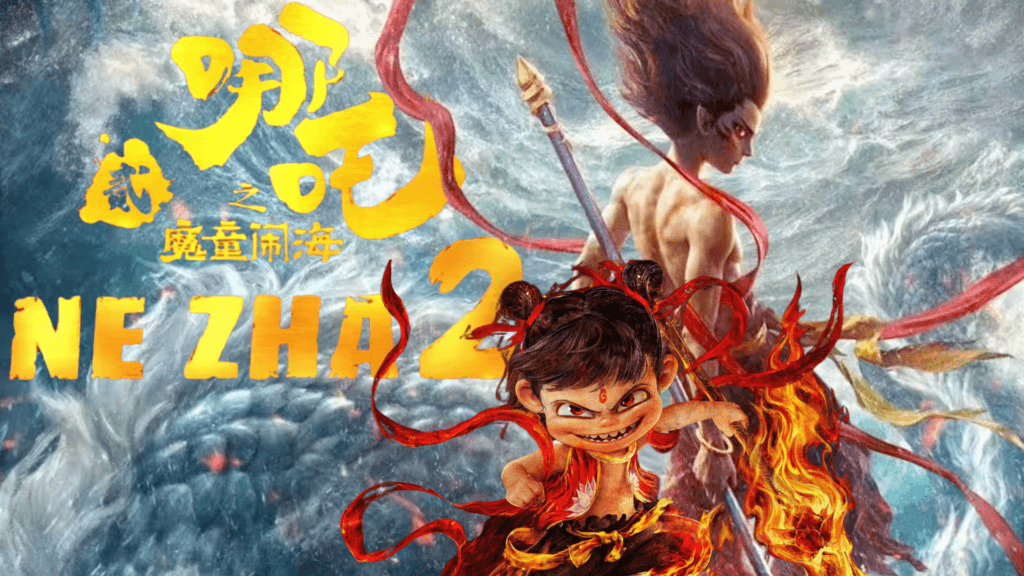The Role of Nezha as a Buddhist Guardian and Fierce Protector
Across Buddhist traditions, wrathful deities serve as guardians of the Dharma, embodying both protective and transformative power. Nezha (哪吒), originally a figure from Chinese folklore, has been integrated into Buddhist cosmology as a protector deity, similar to Japan’s Fudō Myōō (Acala). This article explores Nezha’s role as a Dharma protector, his fierce iconography, and how his function compares to Japanese Buddhist deities like Fudō Myōō.
Nezha’s Transformation into a Dharma Protector
Originally a rebellious child-deity in Chinese mythology, Nezha’s narrative evolved as Buddhism spread throughout East Asia. In Chinese Esoteric Buddhism, he is revered as a guardian who subdues malevolent forces. His fierce appearance—armed with the Fire-Tipped Spear and the Universe Ring—symbolizes his power to cut through ignorance and demonic influence. Unlike his folkloric origins, the Buddhist Nezha embodies disciplined wrath, acting not out of personal vengeance but as a defender of the Dharma.
- Iconography: Nezha is often depicted atop a flaming wheel, signifying his swift movement and purifying fire, much like how Fudō Myōō is shown surrounded by flames.
- Purpose: Both Nezha and Fudō Myōō channel their fierce energy to protect practitioners from spiritual obstacles, employing their wrathful forms as a means of compassionate action.
Comparative Analysis: Nezha and Fudō Myōō
While Nezha is uniquely Chinese, his attributes align closely with Japanese myōō (wisdom kings) like Fudō Myōō. Both are wrathful emanations of enlightened beings—Fudō Myōō is an incarnation of Vairocana Buddha, while Nezha, though not directly derived from a Buddha, serves as an agent of cosmic order. The key difference lies in their cultural backdrops: Nezha’s legends stem from Chinese martial heroism, whereas Fudō Myōō’s symbolism is rooted in esoteric Vajrayana traditions.
- Shared Symbolism: Flames, weapons, and dynamic postures signify their roles as destroyers of illusion and defenders of truth.
- Doctrinal Context: Fudō Myōō is central to Shingon Buddhism’s ritual practices, while Nezha’s veneration is more localized, often appearing in protector deity pantheons alongside Taoist figures.
Conclusion: The Universal Theme of the Wrathful Protector
The portrayal of Nezha as a Buddhist guardian highlights the adaptability of mythological figures across religious contexts. His parallels with Fudō Myōō demonstrate how fierce protectors serve as both destroyers of evil and guides to enlightenment. Whether in China or Japan, these deities remind practitioners that compassion can manifest as relentless force when necessary, ensuring the preservation of spiritual truth against all obstacles.

